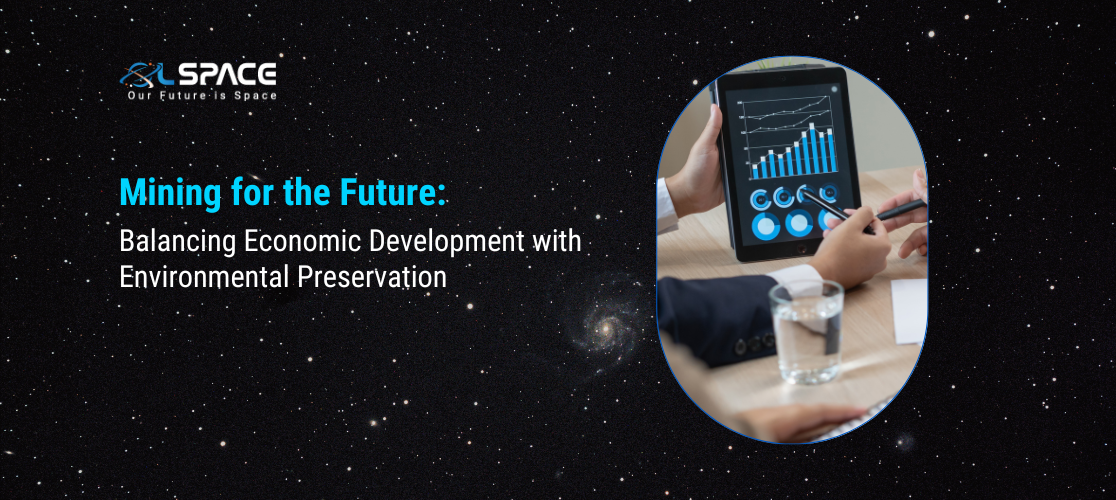10 May 2024
Mining for the Future: Balancing Economic Development with Environmental Preservation

As the demand for minerals continues to rise, the mining industry faces the challenge of balancing economic development with environmental preservation. This article examines the strategies and technologies that enable responsible mining practices, ensuring sustainable resource extraction while minimising environmental impact.
1. Sustainable Mining Practices:
Implementing sustainable mining practices involves minimising environmental degradation, conserving natural resources, and promoting social responsibility. Companies adopt techniques like reduced water consumption, energy efficiency, and responsible waste management to mitigate their environmental footprint.
2. Environmental Impact Assessments (EIAs):
Conducting thorough EIAs before mining operations begins is crucial for understanding potential environmental impacts. This involves assessing air and water quality, habitat disruption, and ecosystem health to identify risks and develop mitigation strategies.
3. Regulatory Compliance:
Mining companies must adhere to strict environmental regulations andstandards set by government bodies. Compliance with laws regarding emissions, waste disposal, and land reclamation ensures that mining activities are conducted responsibly and minimise harm to the environment.
4. Advanced Mining Technologies:
Technological innovations, such as autonomous vehicles, drones, and advanced sensors, improve efficiency and reduce environmental impact in mining operations. These technologies optimise resource extraction, minimise waste, and enhance safety, leading to more sustainable mining practices.
5. Ecosystem Restoration and Rehabilitation:
After mining activities cease, companies engage in ecosystem restoration and rehabilitation to restore disturbed land and biodiversity. This includes reforestation, soil stabilisation, and reintroduction of native species to recreate natural habitats and promote ecological balance.
6. Water Management Strategies:
Water management is a critical aspect of responsible mining, especially in water-stressed regions. Companies employ strategies like water recycling, treatment, and conservation to minimise water usage and prevent contamination of water sources.
7. Community Engagement and Consultation:
Engaging with local communities and stakeholders is essential for ensuring that mining activities benefit the surrounding areas. Companies consult with indigenous communities, local governments, and NGOs to address concerns, provide employment opportunities, and invest in local infrastructure and development projects.
8. Investment in Green Technologies:
Mining companies invest in green technologies and renewable energy sources to reduce their carbon footprint. This includes solar and wind power for operations, electric vehicles for transportation, and carbon capture and storage to mitigate greenhouse gas emissions.
9. Transparency and Reporting:
Transparency in reporting environmental performance is crucial for maintaining trust and accountability. Companies disclose environmental data, monitoring results, and sustainability initiatives to stakeholders, demonstrating their commitment to responsible mining practices.
Conclusion:
Balancing economic development with environmental preservation is a complex challenge for the mining industry, but with the adoption of sustainable practices and advanced technologies, it is possible to mine for the future responsibly. By prioritising environmental stewardship, regulatory compliance, and community engagement, mining companies can ensure the long-term viability of their operations while safeguarding the planet for future generations.
